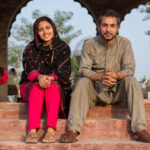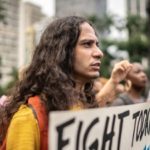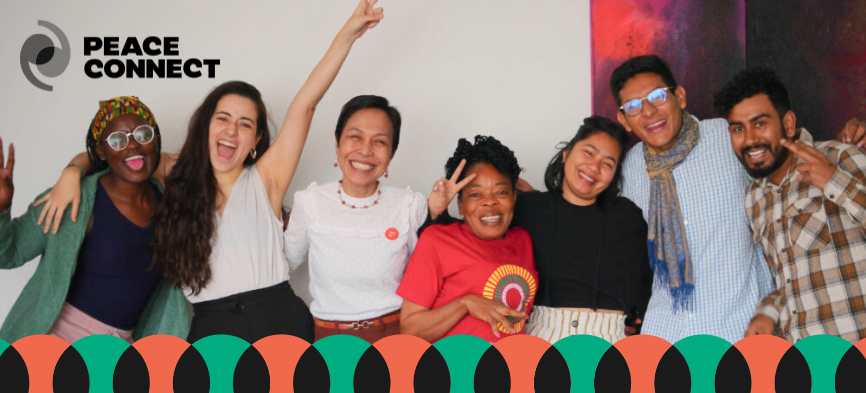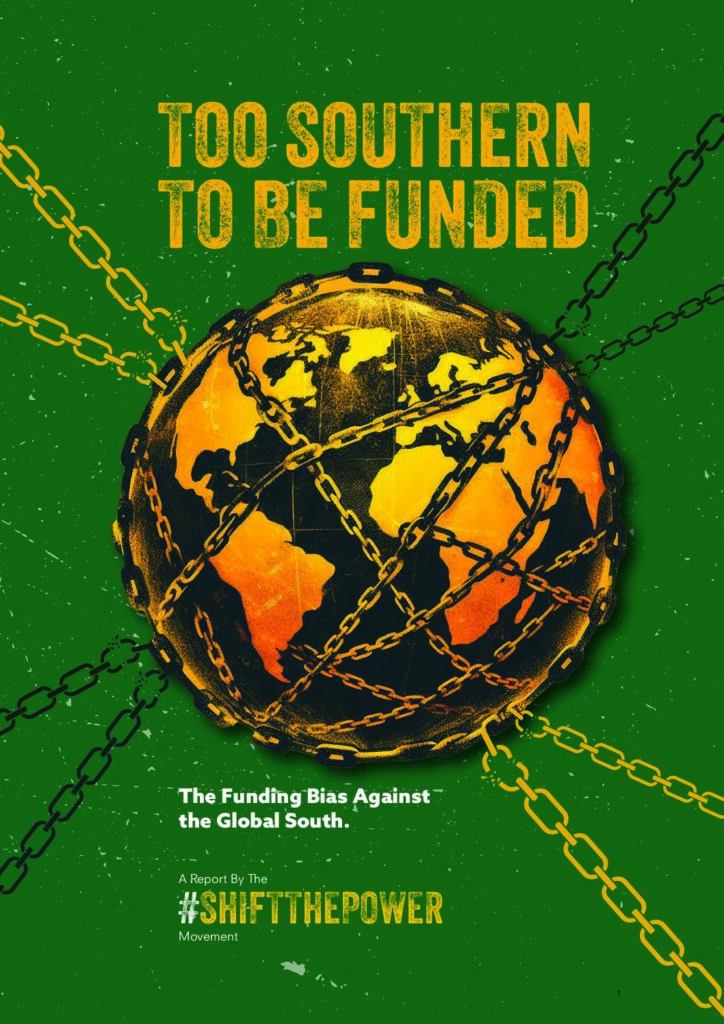One of the issues when defining peacebuilding is its nature of inclusivity. If peacebuilding includes many efforts, then it loses its meaning. Perhaps the trick is to take a step as far back as possible and try to see peacebuilding in its totality. From this vantage point, I would say good indicators of peacebuilding are intersectionality and intergenerational.
Peacebuilding: It’s intersectional
While talking to others at our public events, I kept returning to the word “intersections”: Peacebuilding found at the intersection of healthcare and women’s rights or peacebuilding at the intersection of affordable housing and prison reform. It was then I could light that fire of comprehension in the eyes of my listeners, so I continued to use the word intersection thinking that I was onto something new.
Sure enough, the Internet proved me wrong.
The term intersectionality (which sounds much more sophisticated) was first used by Kimberlé Williams Clarke in her paper Demarginalizing the Intersection of Race and Sex: A Black Feminist Critique of Antidiscrimination Doctrine, Feminist Theory, and Antiracist Politics (1989). In it, she describes how multiple systems of oppression faced by one demographic, e.g, a black woman, is wholly different than racism faced by a black man plus sexist discrimination by a woman. Intersectionality has been recognized in these systems of oppression, but I claim that intersectionality can also be found in the response against these interlinked systems. Peacebuilding is the intersectionality of different progressive movements that work and uplift each other.
Earlier this month, Jane Fonda hosted her last Firedrill Friday before returning to Los Angeles. I attended a Firedrill last October that discussed how the military industrial complex further ruins the Earth. It was a thrill to participate in the rally, publicly marching alongside groups raising different signs but chanting the same words. The purpose of Firedrill Fridays and the way they organized themselves is great example of peacebuilding. Each week, Firedrill Fridays focuses on an issue that loosely relates to climate change. It starts with a teach-in held live on Facebook the evening before Friday’s rally.
Jane Fonda is a well-known American actor and no stranger to civil disobedience. With her experience and celebrity status, she has garnered public attention to the disastrous effects of climate change – and goes further. With her platform, Jane Fonda speaks out not just on climate change, but intentionally raises other issues such as migration, union jobs, and indigenous peoples’ rights. Firedrill Fridays share their platform with other progressive movements oriented towards a common goal of peace.
Peacebuilding: It’s intergenerational
Last summer, one of our long-term partners from Sri Lanka visited Peace Direct’s office in Washington, D.C. Disháni Jayaweera is a peacebuilder from the Centre of Peacebuilding and Reconciliation (CPBR). She did not come alone; Dishani brought along CPBR’s youth coordinator, Sajani, to introduce her to the “world of international peacebuilding”.
During our meeting, Dishani gave Sajani the time to speak about CPBR’s interfaith and youth leadership programs all the while advising her on what to expand upon and emphasize regarding their work. Since Peace Direct already loves CPBR, it was an informal opportunity for Dishani to teach her younger colleague on how to speak to future funders and new partners. Over lunch, Dishani expressed how she would like to have others promote and advocate the work of their organization while she takes on an advising role. Dishani’s trust in Sajani’s leadership abilities and her commitment to sharing her knowledge highlights the importance of peacebuilding as intergenerational.











